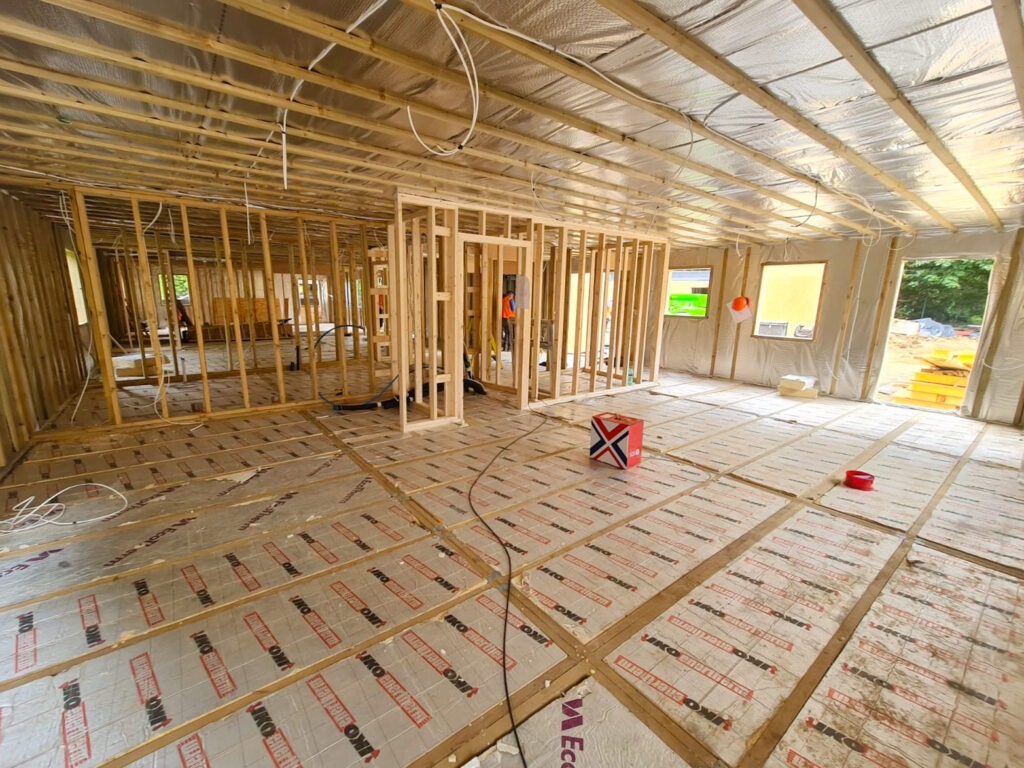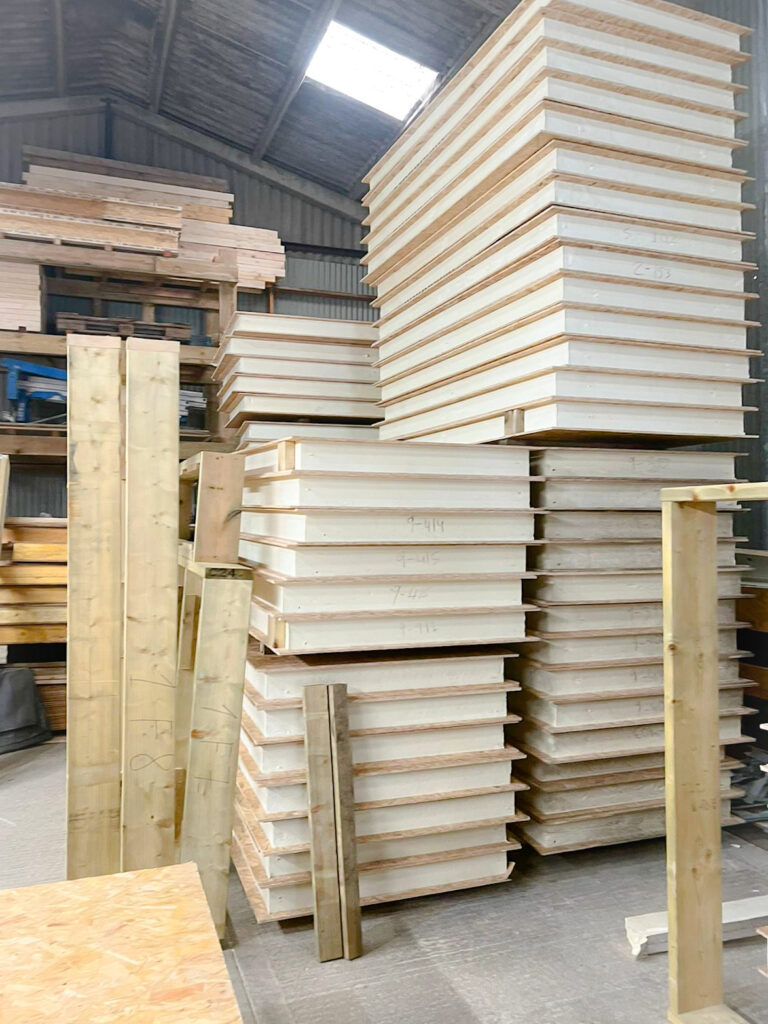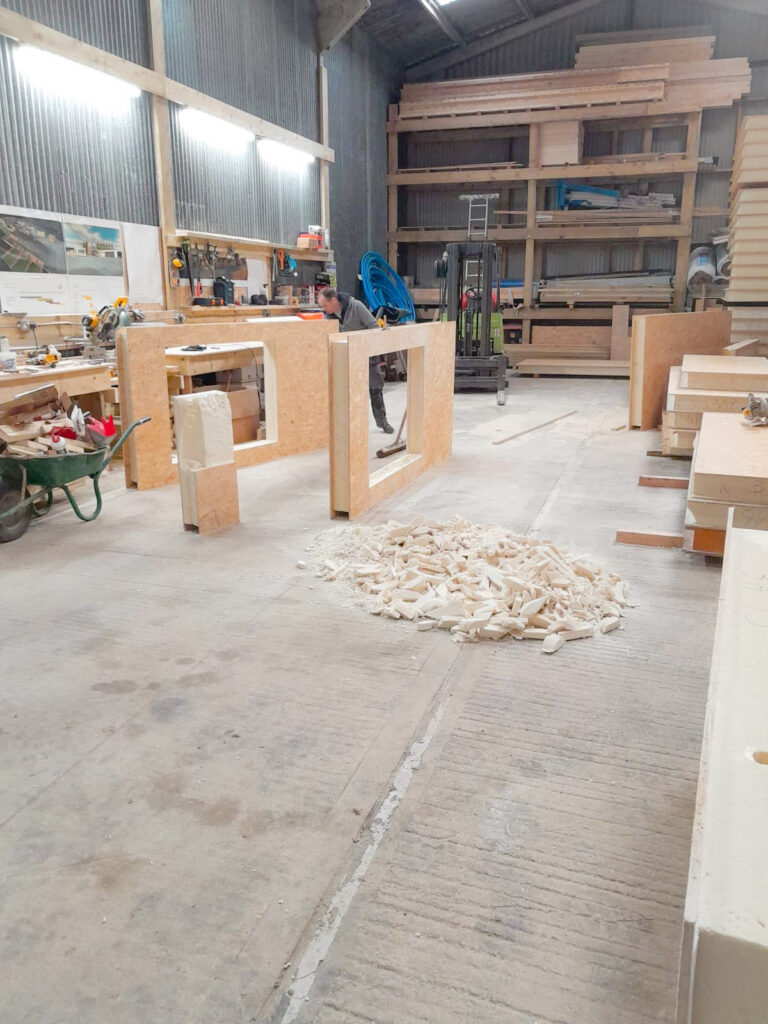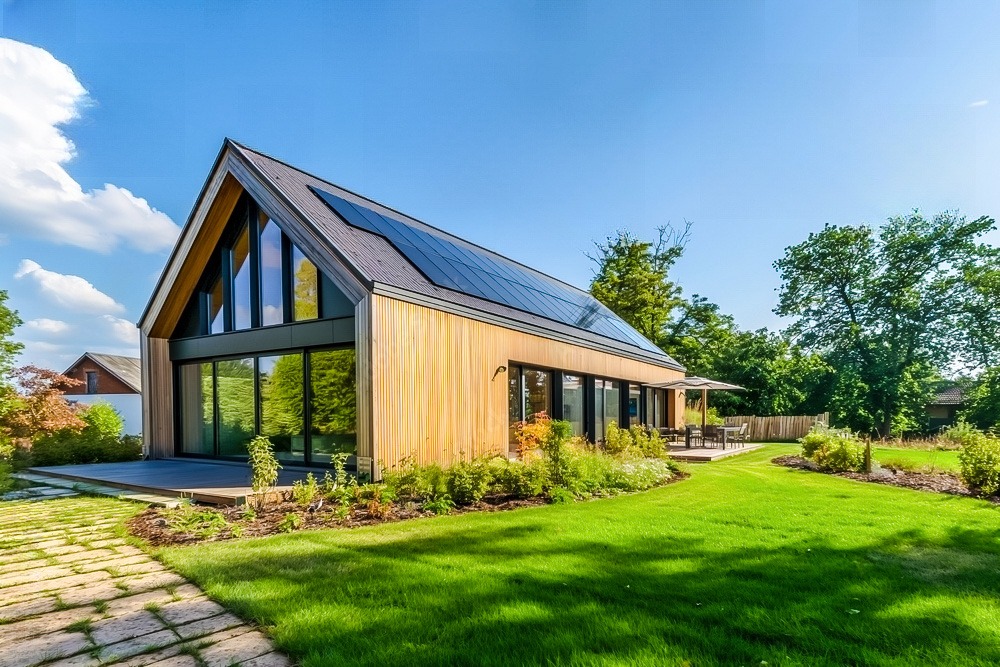SIP Panels 101: Everything You Need to Know About Structural Insulated Panels
SIP Panels 101
Structural Insulated Panels (SIPs) are revolutionising the construction industry, providing a faster, more energy-efficient, and sustainable alternative to traditional building methods. If you’re considering building a new home or embarking on a renovation project, understanding SIPs is crucial. This comprehensive guide will delve into the essentials of SIP panel construction, covering everything from their composition and benefits to their applications and considerations.
What are SIPs?
At their core, SIPs are prefabricated building panels that consist of a rigid foam insulation core sandwiched between two structural skins, typically oriented strand board (OSB). The insulation core, usually made of expanded polystyrene (EPS) or polyisocyanurate (PIR), provides exceptional thermal resistance, while the OSB skins offer structural strength and stability. SIPs are manufactured in a controlled factory environment, ensuring precision and quality control.


Benefits of SIP Panel Construction
SIPs offer a multitude of advantages over traditional building methods, making them an attractive choice for homeowners and builders alike:
- Energy Efficiency: SIPs boast superior insulation values compared to conventional framing, significantly reducing heat loss and gain. This translates to lower energy bills and a smaller carbon footprint.
- Structural Strength: The sandwich panel design of SIPs provides exceptional strength and rigidity, making them resistant to high winds, seismic activity, and heavy snow loads.
- Faster Construction: SIPs are prefabricated and arrive on-site ready for installation, significantly speeding up the construction process. This can lead to cost savings and quicker project completion.
- Airtightness: SIPs create an airtight building envelope, minimising drafts and air leakage. This improves indoor air quality and further enhances energy efficiency.
- Design Flexibility: SIPs can be easily cut and shaped to accommodate various architectural styles and design elements, offering versatility and creative freedom.
- Sustainability: SIPs generate less construction waste and often incorporate recycled materials, contributing to a more environmentally friendly building process.
Applications of SIPs
SIPs are incredibly versatile and can be used in a wide range of construction projects, including:
- Residential Homes: From small cottages to large custom homes, SIPs are suitable for various residential applications.
- Commercial Buildings: SIPs are increasingly used in commercial construction, including offices, retail spaces, and educational facilities.
- Additions and Renovations: SIPs can be seamlessly integrated into existing structures, making them ideal for additions, extensions, and renovations.
- Agricultural Buildings: SIPs provide excellent insulation and durability for agricultural structures like barns, stables, and storage facilities.
Considerations When Using SIPs
While SIPs offer numerous benefits, there are a few factors to keep in mind:
- Moisture Management: Proper installation and sealing are crucial to prevent moisture infiltration and potential mould growth.
- Modifications: Modifications to load-bearing SIP walls require careful planning and execution.
- Cost: Although SIPs can lead to long-term cost savings, their upfront cost may be slightly higher than traditional framing.
- Expertise: It’s advisable to work with experienced SIP builders and architects to ensure proper installation and design.


The Future of Construction with SIPs
As the demand for energy-efficient and sustainable building solutions grows, SIPs are poised to play an increasingly prominent role in the construction industry. Their combination of performance, speed, and environmental benefits makes them an attractive choice for the future of construction.
Conclusion
SIPs represent a significant advancement in construction technology, offering a host of advantages over traditional building methods. By understanding their composition, benefits, applications, and considerations, you can make an informed decision about whether SIPs are the right choice for your next construction project. Whether you’re building a new home, expanding your existing space, or seeking a more sustainable and energy-efficient building solution, SIPs deserve serious consideration.
Please contact us should you have any questions or need more infomation.
